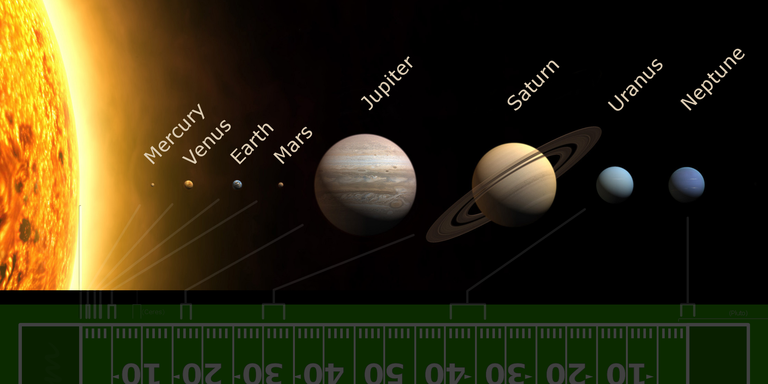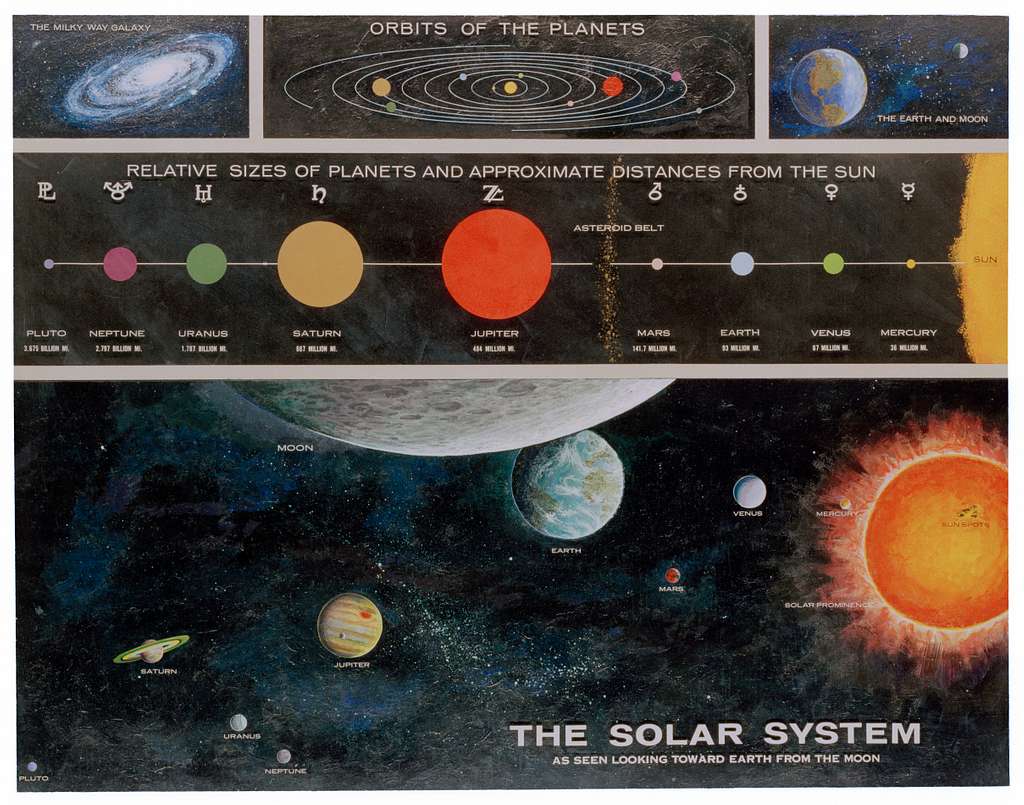Geoscience and Astronomy- A Glimpse Into Our Earth
You live on earth and I will want to believe that you know the planet you live on very well and find it intriguing. You are not the only one who finds earth fascinating, I do, your neighbor does, and even people as far back as over 2000 years did find earth fascinating.
From its shape with different people having different shapes in their head about the planet from referring to it as pear shaped, or even straight round, that mystery about our planet in the solar system remained something that we wanted to solve and we were able to identify that which is why today we know that the earth isn't completely spherical in shape, rather it is an oblate spheroid and this is because it is wider at the equator than at the poles by about 45km to 47km creating a bulge as a result of its rotation.
Our planet is about 12,756km in diameter and talking about this, there were a lot of discussion on if the earth was flat or not and we have confirmed that it is not flat. Mathematicians in the 6th century BC even agreed that the earth wasn't flat but it wasn't until 240BC when Eratosthenes estimated the circumference of earth. In the 16th century, scientists were able to tell that the sun was at the middle of the Solar system and the earth. In our todays world, we know that we are the third planet to the sun and a terrestial rocky planet and we are not alone, we are one of four planets.
Earth takes one year to completely orbit the sun at a speed of 150 million km on an average, with its farthest being 152 million km and its closest being 147 million km but when I say one year I do not mean 365 days because our method of keeping time isn't completely correct as it takes earth 365.25 days to orbit the sun once so, for us to be able to account for the 0.25 days that are missing yearly, we have a leap year every 4 years.
After explaining earth's orbit around the sun and how it accounts for year calculation, the orbit of the moon around the earth is meant to accounts for months but instead of 31 days as we assume, it takes the moon 27.3 days to orbit the earth. Since it will be difficult to acount for this is a yearly calender, it wansn't just followed. Now that we have seen that our year and month are not completely correct, what about our day.
Actually, we do not have 24 hours to account for a full day instead a sidereal of earth (rotation of earth at 360 degrees relative to fixed stars) shows that earth complete the rotation at 23 hours 56 minutes compared to our 24 hours which is 4 minutes higher that the actaul rotation but we do not use the sidereal day standard to measure our 24 hours time rather we use solar day which is the time taken for the sun to go full circle in the sky. Due to earth's axial tilt, solar days can vary throughout the year by 30 seconds so the mean solar days is used.
With the orbit around the sun and the axial tilt of the earth, it shows that the sun will be at different position everyday at the same time. According to an analemna photograph, the sun moves at an almost number 8 figure and each analemna photograph differs in different planet.
Reference
https://www.sciencedirect.com/topics/earth-and-planetary-sciences/oblate-spheroids
https://oceanservice.noaa.gov/facts/earth-round.html
https://ww2.aip.org/inside-science/the-earths-equatorial-bulge-shapes-the-planets-physics
https://oceanservice.noaa.gov/education/tutorial_tides/tides03_gravity.html
https://www.universetoday.com/15055/diameter-of-earth/
https://imagine.gsfc.nasa.gov/features/cosmic/earth_info.html
https://www.aps.org/apsnews/2006/06/eratosthenes-measures-earth
https://earthobservatory.nasa.gov/features/OrbitsHistory
https://science.nasa.gov/sun/facts/
https://homework.study.com/explanation/the-earth-is-on-average-150-million-km-from-the-sun-calculate-its-average-speed-in-orbit.html
https://www.space.com/33527-how-fast-is-earth-moving.html
https://science.nasa.gov/moon/top-moon-questions/
https://spaceplace.nasa.gov/days/#:~:text=Another%20way%20to%20measure%20a,23%20hours%20and%2056%20minutes.
https://oceanservice.noaa.gov/facts/earth-round.html
https://ww2.aip.org/inside-science/the-earths-equatorial-bulge-shapes-the-planets-physics
https://oceanservice.noaa.gov/education/tutorial_tides/tides03_gravity.html
https://www.universetoday.com/15055/diameter-of-earth/
https://imagine.gsfc.nasa.gov/features/cosmic/earth_info.html
https://www.aps.org/apsnews/2006/06/eratosthenes-measures-earth
https://earthobservatory.nasa.gov/features/OrbitsHistory
https://science.nasa.gov/sun/facts/
https://homework.study.com/explanation/the-earth-is-on-average-150-million-km-from-the-sun-calculate-its-average-speed-in-orbit.html
https://www.space.com/33527-how-fast-is-earth-moving.html
https://science.nasa.gov/moon/top-moon-questions/
https://spaceplace.nasa.gov/days/#:~:text=Another%20way%20to%20measure%20a,23%20hours%20and%2056%20minutes.


Thanks for your contribution to the STEMsocial community. Feel free to join us on discord to get to know the rest of us!
Please consider delegating to the @stemsocial account (85% of the curation rewards are returned).
Thanks for including @stemsocial as a beneficiary, which gives you stronger support.